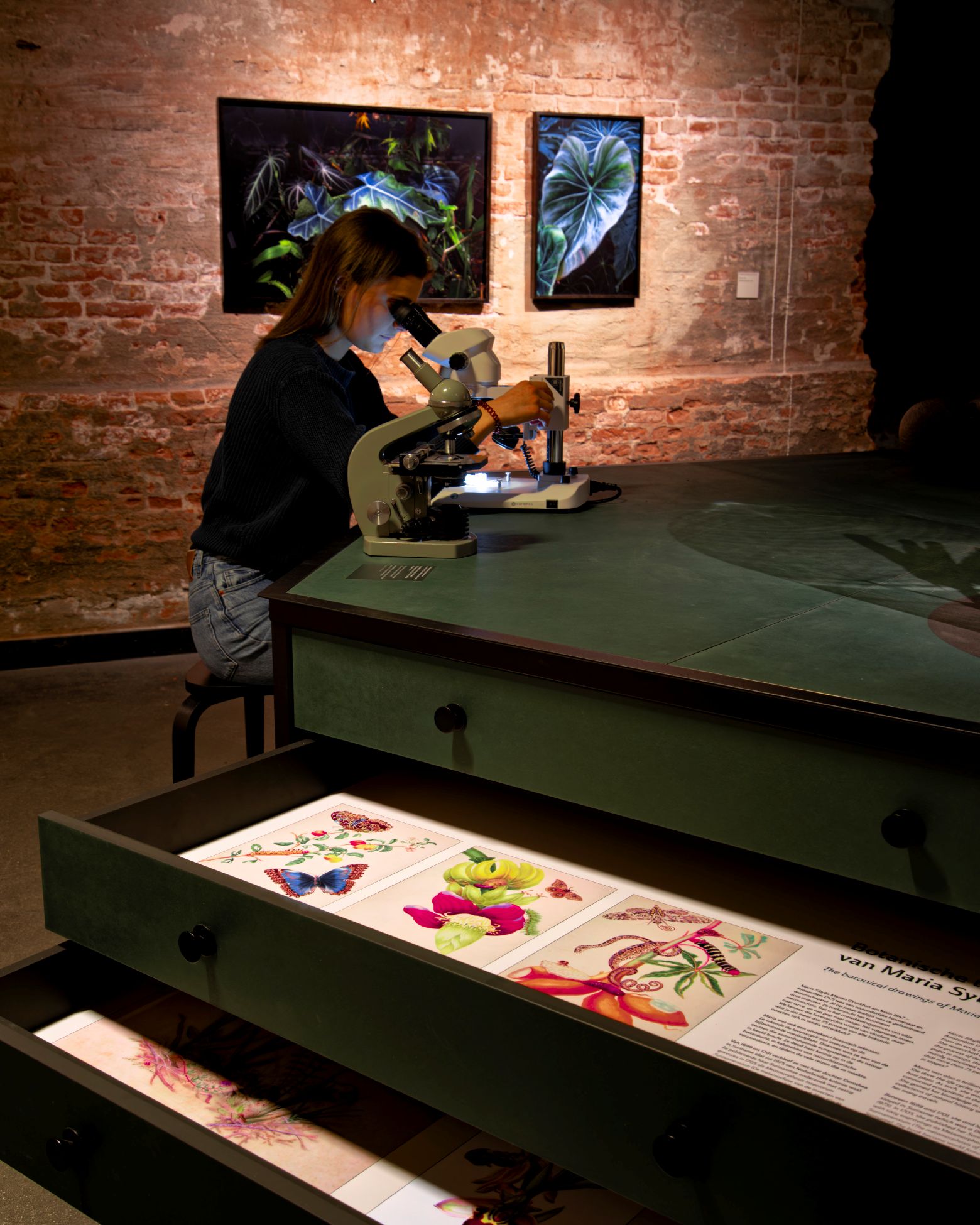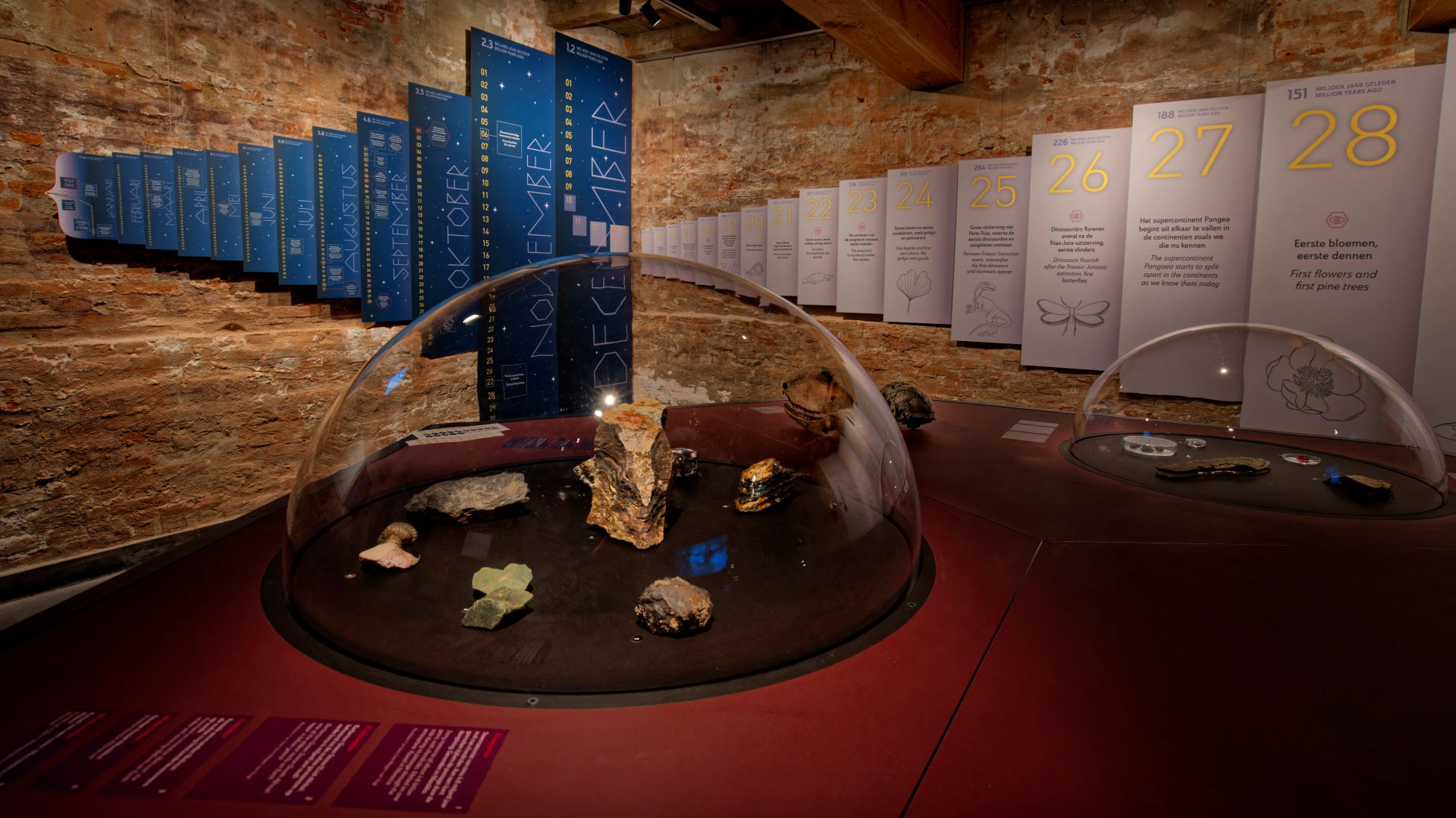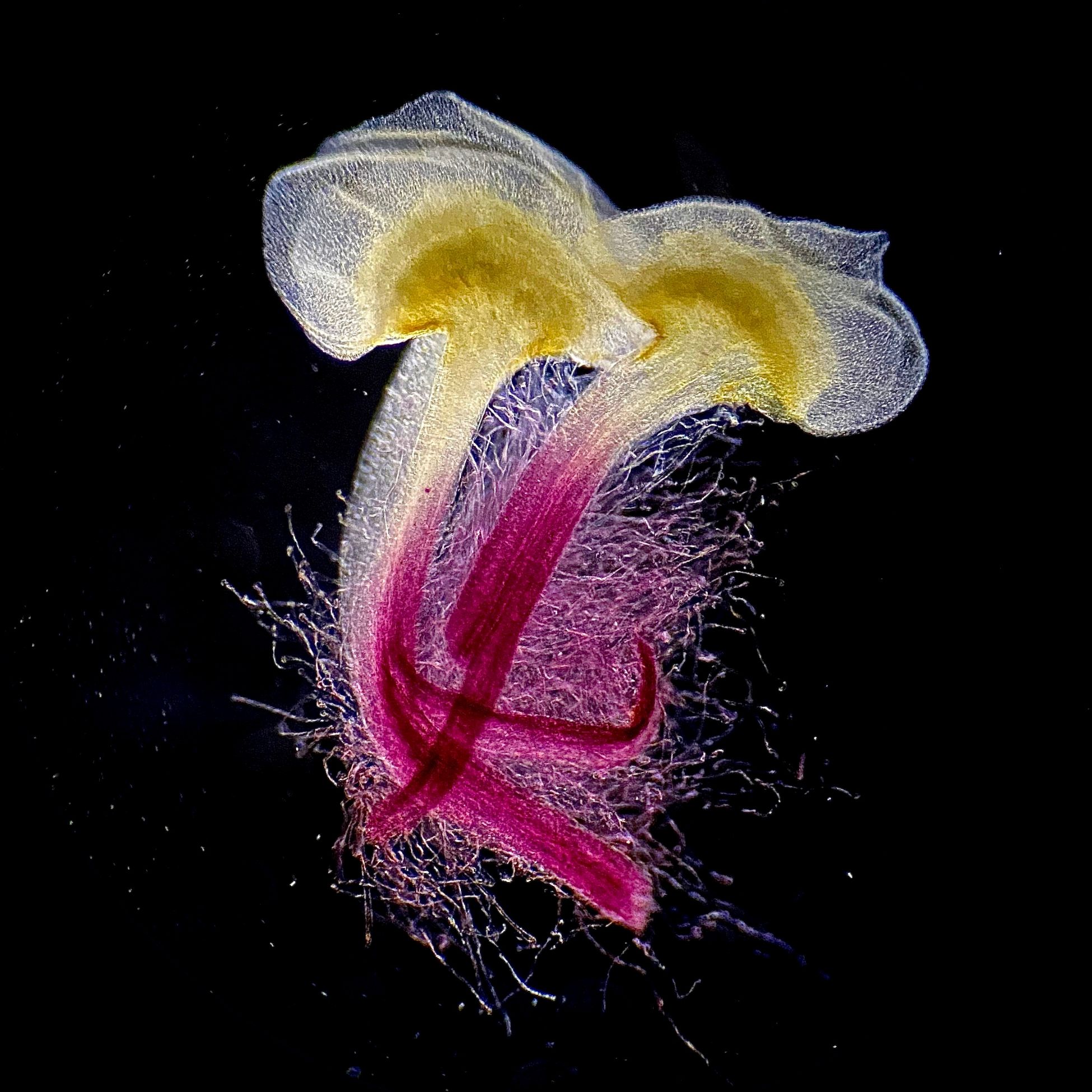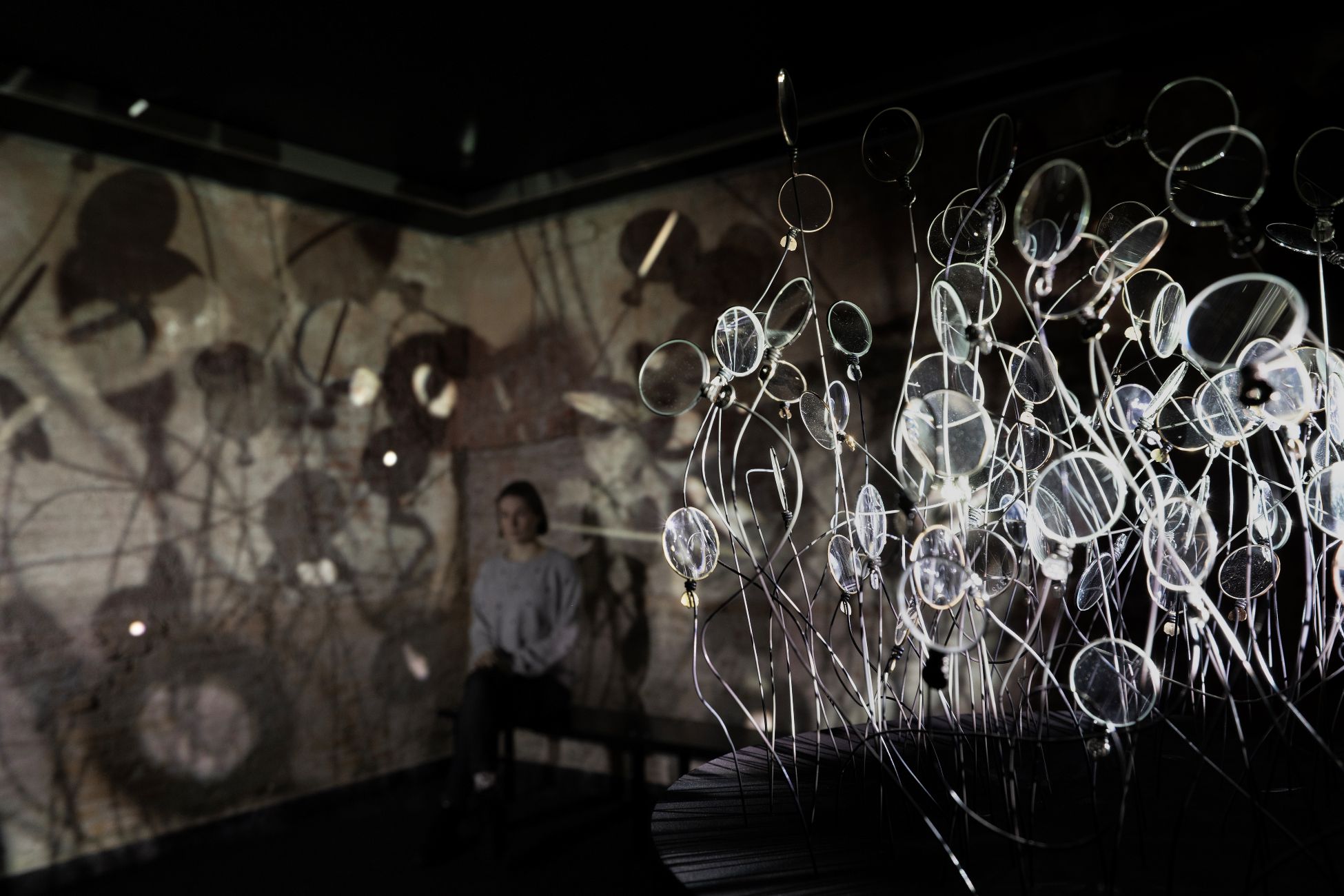
From celestial bodies to plant bodies: exhibition brings together worlds of plants and planets
The Plants & Planets exhibition brings two worlds together in a dazzling mix of science, nature and art. It opens at Old Observatory Leiden and Hortus botanicus on 7 February and will remain there for five years.
‘This is the perfect place to show how plants and planets belong together’, says Leiden astronomer Frans Snik. He curated the exhibition with art historian Meta Knol and a team from the Hortus and Leiden Observatory, the Faculty of Science research institute. Striking installations about Earth and the universe show the links between astronomy and biology, art and science.
Alien plant life
‘Plants & Planets highlights a new collaboration between the Hortus and the Observatory’, says Snik. ‘There’s a lot of overlap in how we view the world: as an ecosystem that is a tiny part of a big, dark universe. The exhibition is about life on Earth: how it arose, what forms of life there are now and how these will look in the future.’
-

Leiden Observatory and the Hortus botanicus -

Visitors can look through a microscope. Photo: Naor Scheinowitz -

‘History of everything’ gallery. Photo: Naor Scheinowitz -

Photo: Rob van Es -

-

Artwork LENS (2025): Jos Agasi. Photo: Naor Scheinowitz
Changing planet
Plants play a crucial role in life on Earth. The predecessors of plants – blue-green algae – formed the first life on Earth billions of years ago. They changed the entire planet with their oxygen production – and that is the link to modern astronomy, says Snik. ‘In the coming decades, we are going to use new telescopes to look for signs of extraterrestrial life. One of our questions is: Is there plant life out there?’ The exhibition will be opened on 6 February by President of the Executive Board, Annetje Ottow, and physicist Robbert Dijkgraaf, the former Ministry of Education, Culture and Science.
What might the Netherlands look like in a hundred years?
Cosmic calendar
A large cosmic calendar brings together the entire history of the universe, Earth and humanity. This shows visitors how humans are just a tiny part of that long history, says Snik. Cabinets of curiosity feature fossils and a meteorite older than Earth, and visitors can view pollen, lichens and a piece of meteorite under a microscope. The term ‘time’ is an important theme, which is no coincidence: the exhibition is part of Leiden University’s 450th anniversary celebrations, the theme of which is Ahead of the Times.
350,000 plant species
One cabinet of curiosities is devoted to the around 350,000 plant species on Earth and the biodiverse ecosystem they form together. Also in the exhibition are unique seeds and plants from the Hortus, such ancient plant species still alive today. The exhibition also looks ahead at what the Netherlands might look like in a hundred years. Visitors are invited to think about the future they are creating with the choices they make.
Art
The creators of Plants & Planets want to build new bridges between disciplines and genres. ‘That’s why we’ve worked a lot with artists in the exhibition. They ask questions and come up with completely different insights.’ Visitors enter the exhibition in a room completely transformed by the dynamic artwork created especially for the exhibition by Jos Agasi. There are also reproductions of botanic illustrations by Maria Sybilla Merian (1647-1717) and present-day botanic illustrators. The colourful Plastomorph by Driessen & Verstappen shows corals that absorb microplastics from seawater.
Visitor information
Plants & Planets opens at Old Observatory in the Hortus botanicus on 7 February. It is open from Wednesday to Sunday (from 11.00 to 16.00) and entrance is free to Hortus visitors. The exhibition features an extensive range of activities with workshops, lectures, stargazing nights and tours of the Old Observatory domes. Read more on the plantenenplaneten.nl site.
